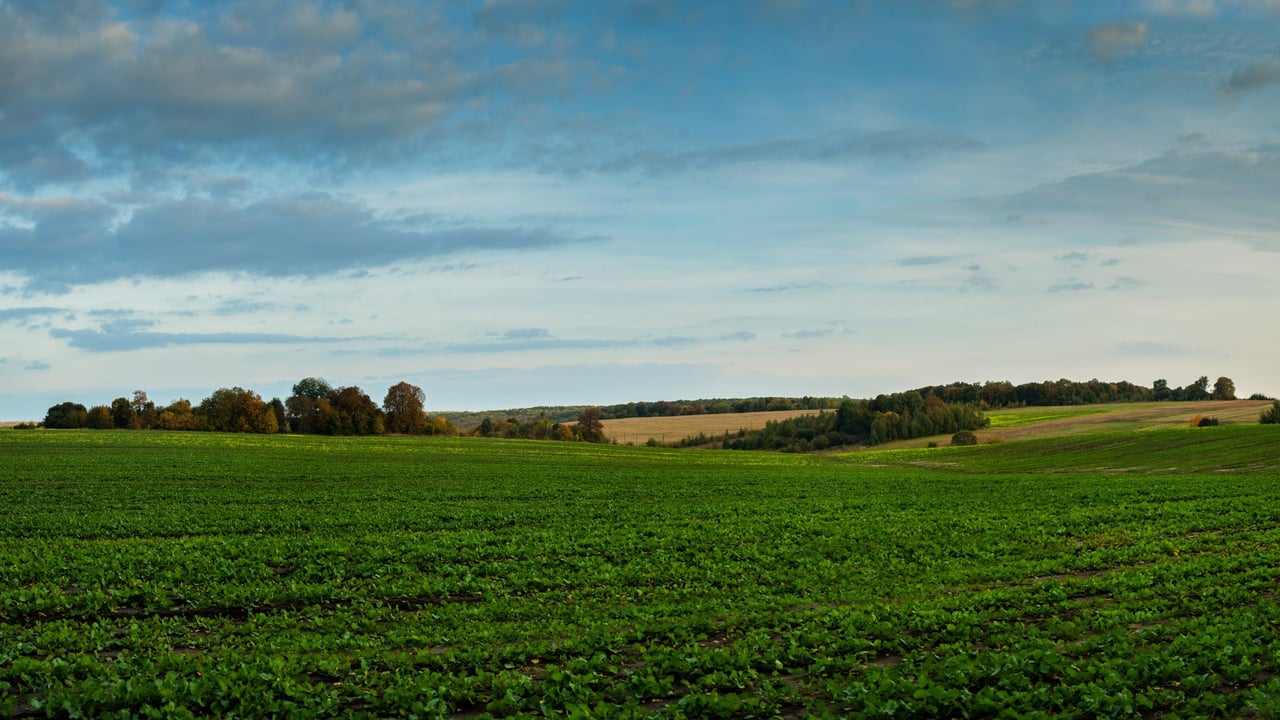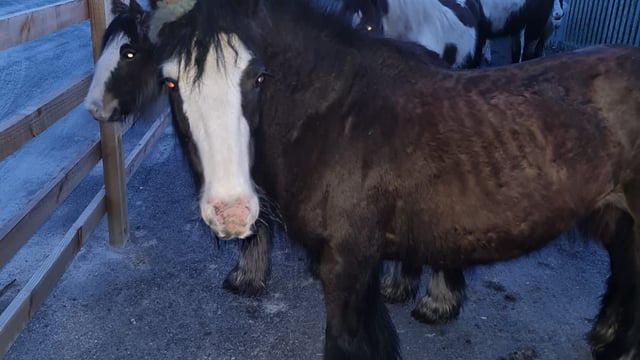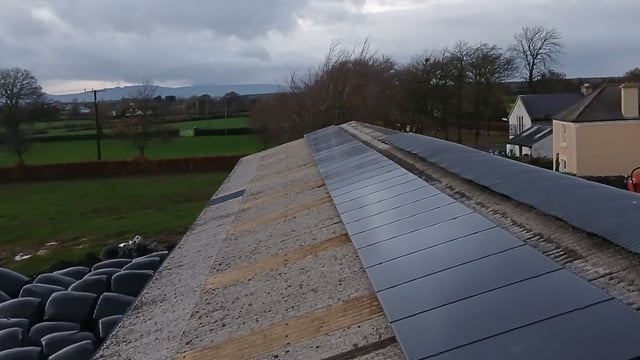What will the Climate Action Plan 2025 mean for farmers?
The Government today (Wednesday, April 15) approved the Climate Action Plan 2025 but what will this mean for farmers?
It is 10 years since the original Climate Action and Low Carbon Development Act was signed into law in 2015 and this latest plan "focuses on climate mitigation".
The Climate Action Plan 2025 acknowledges that in 2023 agricultural emissions decreased by 4.6% compared to 2022 but also warns that "this needs to continue and accelerate to meet the target of a 25% reduction by 2030".
The plan also points to the fact that "much of the reduction in emissions since 2021 can be attributed to the drop in nitrogen fertiliser" purchased by farmers.
"The total cattle herd reduced in 2023 by 1%.
"There has been substantial uptake of organic farming with 5,000 farmers now farmingorganically in Ireland," it outlined.
The Climate Action Plan 2025 also sets out that last year the National Biomethane Strategy was launched with a package of grant aid and that the Organic Farming Scheme and the Forestry Strategy "have significant potential to create opportunities for Irish farmers to diversify their farming enterprises".
Climate Action Plan
But what is next for Irish farmers? The latest plan sets out a comprehensive list of "Actions for 2025" for the agriculture sector including:
- Launch a 60% grant-aided Nutrient Storage Scheme to support reduced reliance on chemical fertiliser;
- Reduce the maximum allowable crude protein in concentrates fed to adult cattle at grass to 14% during the period between April 15 and September 30;
- Explore measures to encourage the usage of inhibited urea;
- Develop an action plan on reducing age of slaughter;
- Tackle the challenge of securing access to and cost of feed in the organic livestock sector, particularly in relation to organic milling;
- Monitor progress of capital grant projects and ensure successful delivery of funds;
- Continue to research the efficacy of GHG-reducing feed ingredients under development for pasture-based systems (including their assessment over the lifetimes of animals), including methods of administering at pasture;
- Begin consideration of options and issues relating to the eventual use of approved feed additives and ingredients by farmers;
- Progress phase 2 of the Carbon Farming Framework consultation process;
- Double the area devoted to organic crops and vegetables to 14,000 hectares by 2030;
- Roll out a wider pilot programme for the incorporation of methane reducing additives (enteric and manure);
- Develop a mechanism to assess the abatement credentials of the Common Agricultural Policy Strategic Plan (CSP) schemes;
- Encourage lime application and support nutrient management planning;
- Monitor the use of chemical nitrogen;
- Continue to support and expand establishment of multi-species and clover swards to reduce N dependence;
- Continued implementation of the Common Agricultural Policy Strategic Plan and reporting (CSP);
- Continued deliver of knowledge transfer activities promoting the importance and benefits to farmers of optimising nutrient management strategies as a key contributor to reduced gaseous emissions;
- Establish an agreement for monitoring and reporting of methane reducing feed and manure additives;
- Continue to support and develop the functionality of AgNav;
- Ongoing optimised animal breeding strategies focusing on low methane traits;
- Progress the implementation of the Food Vision Tillage Report to increase the area of tillage crops and to enhance the environmental footprint of the sector;
- Continued and appropriate financial support for organic farmers, configured to encourage new entrants into the sector.
There are also a number of "key targets" identified in the Climate Action Plan 2025 these include reducing chemical N use to a maximum of 300,000 tonnes and earlier finishing of beef cattle (3 – 3.5 months reduced finishing age).
Other key targets include Improved animal breeding by focusing on low methane traits and low emission animal feeding.





